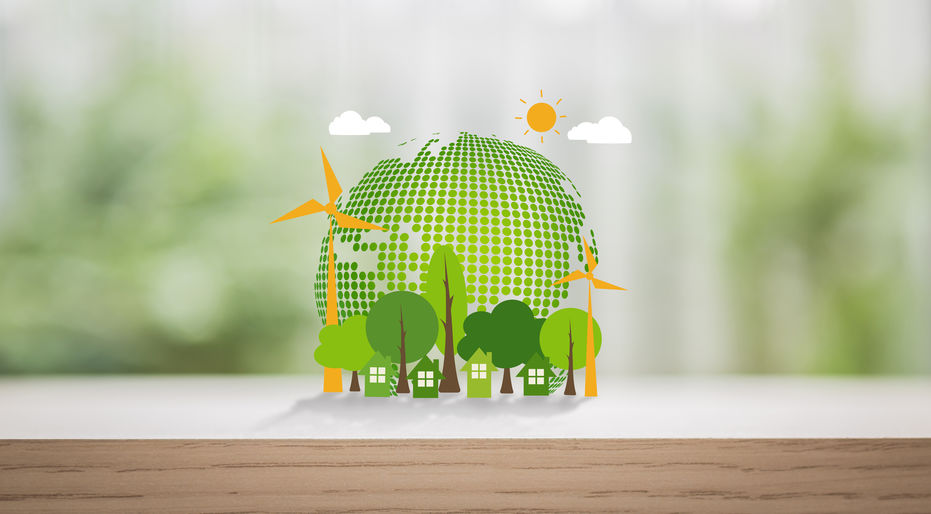So what exactly is sustainable architecture, you ask? Let’s define the word sustainability first, which according to Dictionary.com is the quality of not being harmful to the environment or depleting natural resources while supporting long-term ecological balance, hence the ability to sustain.
The three principles of sustainable architecture include environment, energy, and efficiency. The benefits of sustainable architecture are limitless, and who knows what new benefits will pop up in the future? First, it doesn’t destroy any of our current environment, meaning there aren’t any harmful emissions when the building is being constructed. Sustainable architecture also protects the future because of the consideration of the building’s actual design and placement, making it more cost-efficient. An example of this would be to place the building so that it can take advantage of the seasonal climate (i.e., sun placement at various times of the year).
The use of sustainable energy sources includes solar, wind, and geothermal, including biomass. Learn more about biomass here.
Architects with a goal of sustainability and paving the way for a healthy future for their clients pay closer attention to insulation. Yes, this seems basic and shouldn’t be considered an issue, but good top-of-the-line insulation in both the interior and exterior walls can keep you warm in the winter and cool in the summer.
All materials used in sustainable architecture should be locally obtained; this would reduce the transport of materials, which would minimize driving time. Driving is responsible for emissions that contribute to global warming and the dreaded smog, which causes many health issues. Also, the materials should all be environmentally friendly such as bamboo, cork, stone, as well as reclaimed materials like brick, wood, metal, and reclaimed concrete slabs. If reclaimed concrete slabs aren’t an option, there are sustainable alternatives such as hempcrete, which is made from hemp-lime and water.
The primary goal of sustainable architecture is that the building must produce as much energy as it consumes, which gives you the desired zero liability effect. Using less land and energy and the need for more housing has given birth to sustainable architecture that you might be familiar with, such as tiny houses and micro-apartments.
The bottom line is that studies show that companies that are housed in architecturally sustainable buildings have a happier and more productive staff. A win-win for all parties involved!
From the Design Studio
“I look at every project as a unique opportunity to improve the value of decorative lighting. Balance, detail, integrity are reviewed with budget, design & time. This is what #architecture is and the #adgAdvantage.” — Gerald Olesker
by Gerald Olesker, CEO, ADG Lighting


